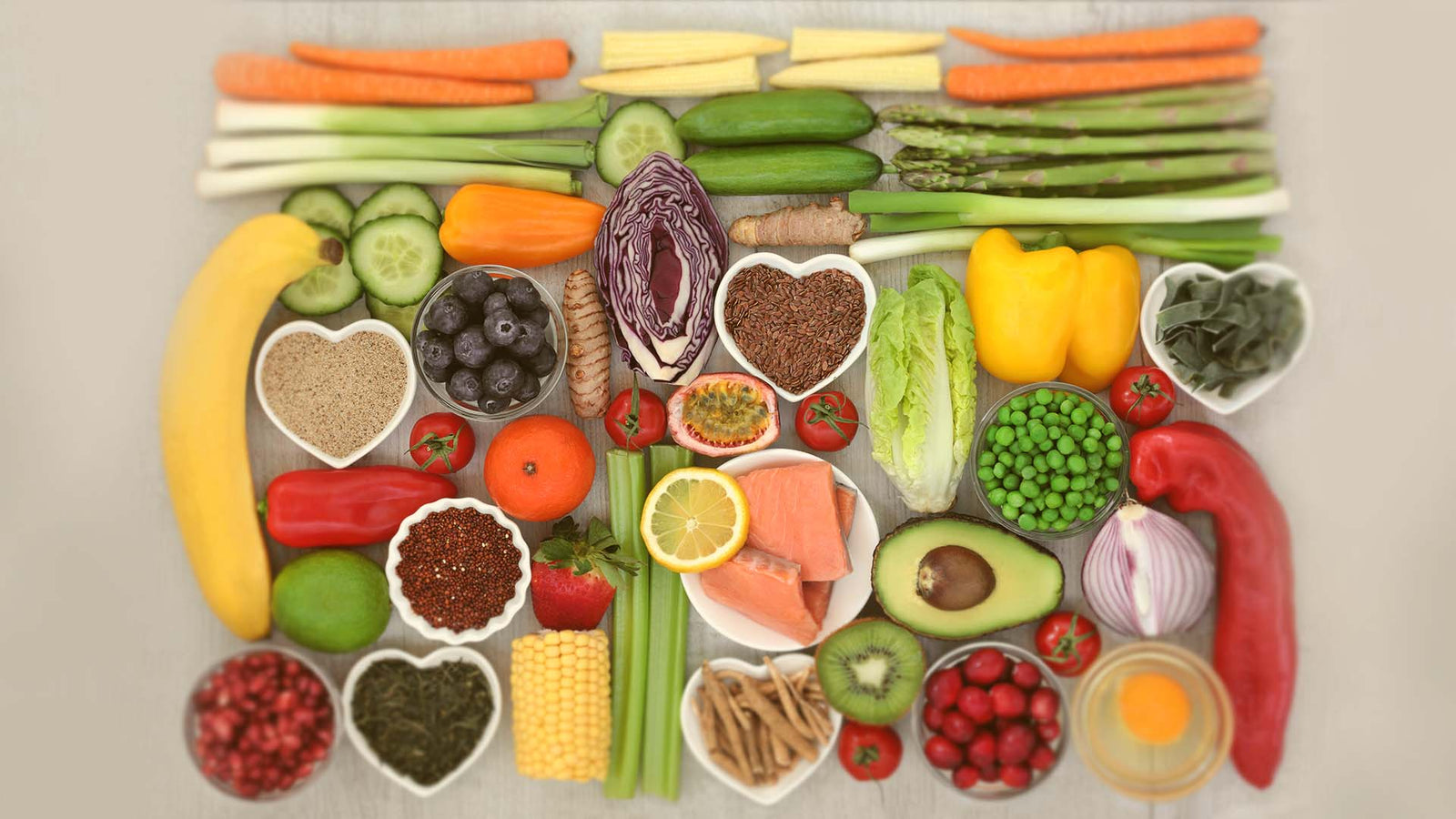Now that we’ve discussed the three macronutrients (carbohydrates, protein, and fats), we need to bring attention to the micronutrients in the realm of nutrition, namely vitamins and minerals.
Vitamins
Vitamins are essential to nutrition and health, as they play a myriad of important physical functions. The term “vitamin” itself is taken from two Latin words, namely “vita” meaning “life” and “amine” because it was originally thought they contained amino acids. Having healthy levels of vitamins can help keep your immune system strong and prevent you from getting sick.
If you have a deficiency in a certain vitamin, you could experience specific symptoms that range from mild to severe. Often, your doctor may task you with taking supplemental vitamins in order to correct the deficiency. Because of their reliability, vitamin supplements have shown consistently favorable results when consumed in order to bring up one’s inclusion of vitamins to a more suitable level.
Vitamins are both fat soluble and water soluble, meaning that another entity is needed in order for them to be absorbed properly, such as pairing your fat-soluble vitamins with healthy fats like oils, nuts, seeds, or avocado. Vitamins are distinct from another micronutrient, minerals, because they are organic and can be broken down by heat, air, or acid.
Ideal nutrition is something we all should strive for, but that doesn’t necessarily mean consuming fewer calories. In order to improve your training, feel better, and look your best, its vital to meet your body’s caloric requirements and fill your diet with micronutrient-rich foods and a mix of all three macronutrients.

